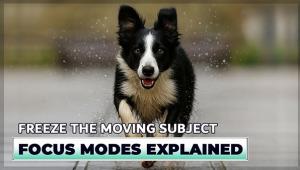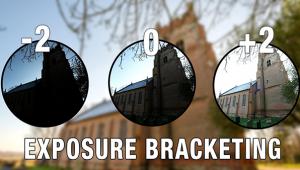On The Road; People Skills; Speak Softly And Carry A Short Lens
In my last column I talked about fixers—the guide/translators who smooth the way and open the doors so I can get the photographs. They’re important when it comes to photographing people, especially when I don’t speak the language, which is most of the time. But while I don’t always have a fixer, I have my people skills.
 |
|
|
The most important thing is the ability to connect with people. When I know I’m going to be in an area for several days, I’ll go to the marketplace and just walk around. I won’t take any pictures at first. I’ll just go through the market several times, getting familiar with the place and letting people get used to seeing me. I’m showing them that I’m not just going to start banging off shots right away. And I’m observing: checking the area for its light, angles, backgrounds, and people. I’m almost setting up the shots in my mind before I even lift the camera.
When I’m ready to photograph, no matter the location, there are a few things that are critical: I approach slowly, calmly, and with a friendly manner, and I always make eye contact. People have to see that I’m not there to take advantage of them, so I’m not in a hurry. I take time to establish a rapport. For example, in Vietnamese cities I often see women on street corners in the early morning with little counters at which they sell soup. I sit down, order some soup and eat it. My camera is out and they see it. I take my time and then, with gestures or a few words, I ask if I can take pictures.
 |
|
|
I think that most people who feel intimidated when it comes to photographing other people will tend to use a long lens; they’re more comfortable at telephoto distance. But that’s the opposite of what they should be doing. Even people who don’t mind having their photo taken don’t like it when a long lens is pointed at them from a block away.
In a marketplace in Uzbekistan I saw a wonderful old woman selling brooms. I brought out my 180mm lens to shoot a portrait of her. It’s a lens I rarely use for portraits unless I’ve already made some kind of contact and connection with a person and want to knock out the background because it’s busy, unimportant, or ugly. Here I couldn’t get close to her, and it was my only choice—but every time I brought the lens up, she turned her face away. It was like a game: she’d see the lens, smile and turn away. Her smile told me there was rapport between us, but not with the 180mm lens. So I walked around the market for a half hour, then came back from a different direction with a much shorter lens—a 35mm or a 50mm. And that’s what she wanted. When you come closer you’re sort of coming into the person’s life; you’re showing an interest, and you’re showing respect.
 |
|
|
From my days as a fashion photographer I have a real appreciation of the other person’s cooperation, and with travel photography my success depends on the cooperation of others. When I get that cooperation, when someone gives me the time to shoot with them, I work it quite a bit. I’ll shoot quite a few frames, from different angles, sometimes in different locations if they’re very cooperative. And digital photography helps out: the ability to show people their pictures has helped me get more pictures.
- Log in or register to post comments

















































